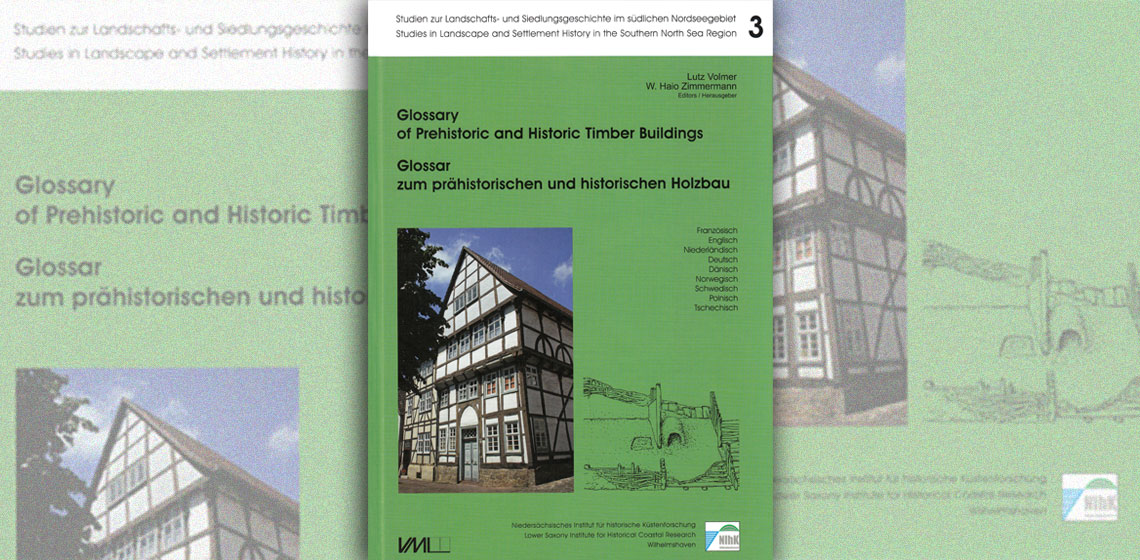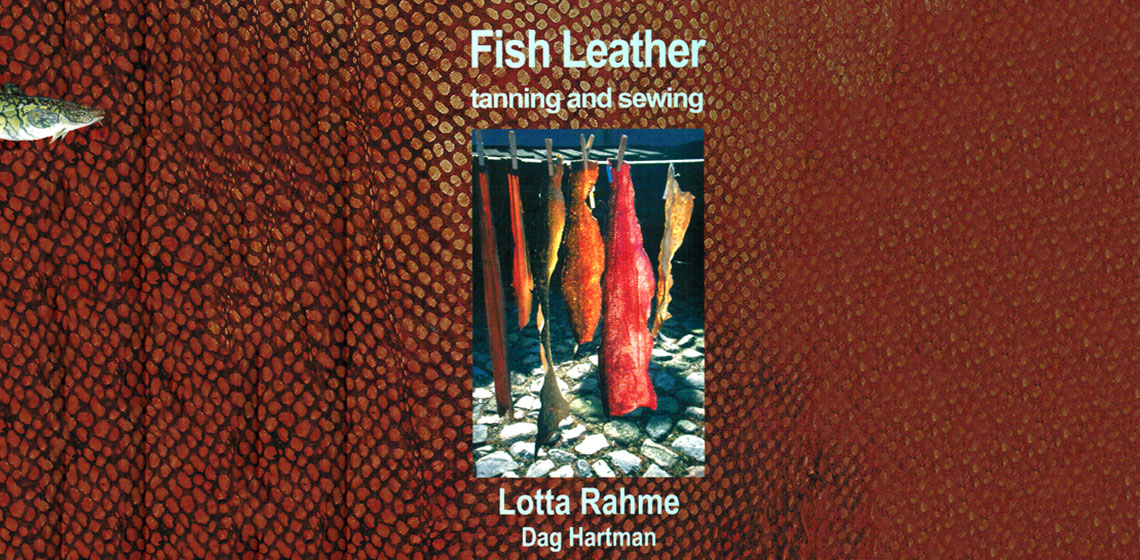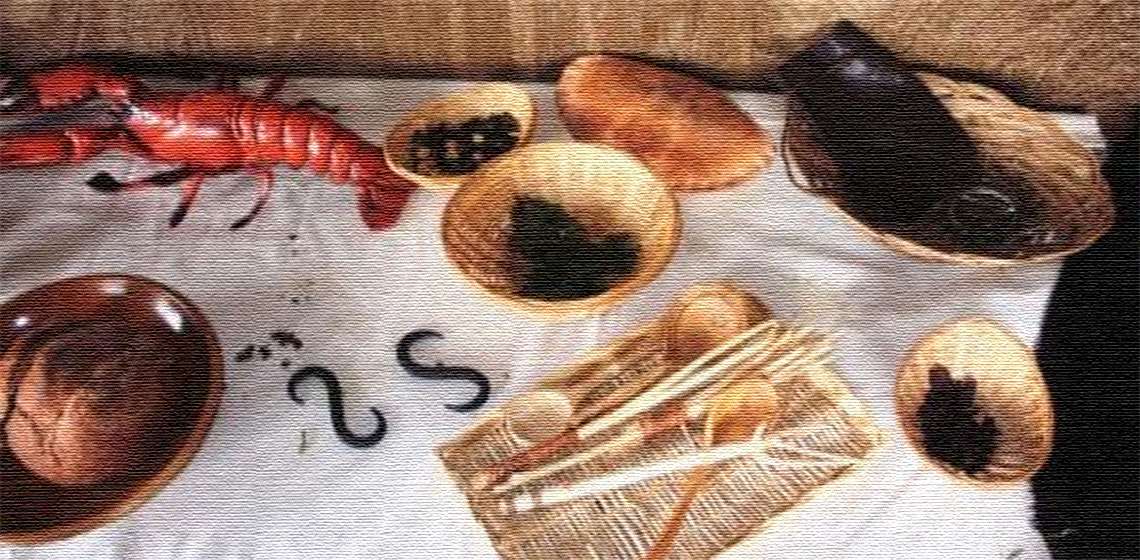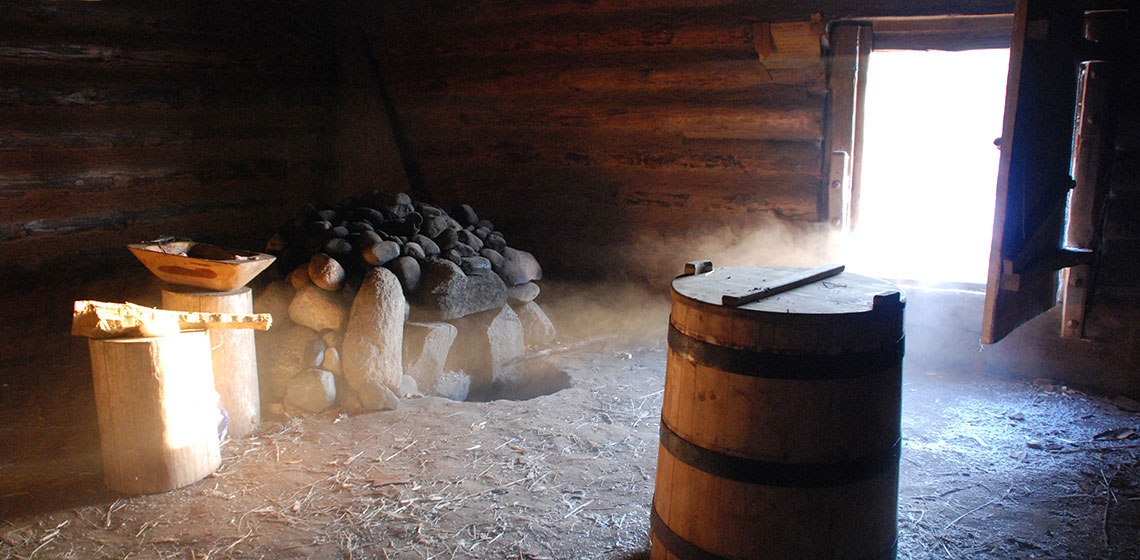Viking Age
John Nicholl MA, HDE
I began with introducing Living History to the Irish National Heritage Park circa 1995 when I founded a Living History group Gael agus Gall - this involved researching craft work in Viking Age Ireland for presentation to the public visiting the Park - using the (re)constructed buildings as a cont
Book Review: Fish Leather Tanning and Sewing by Lotta Rahme and Dag Hartman
Discussion: Food - Reconstruction and the Public
Where Were the Viking Brew Houses?
***The authors have over 15 years' experience in experimenting with recreating ancient and traditional techniques of making ale from malted grain. Graham is a craft brewer, with 30 years' experience making beer from the grain. Merryn is an archaeologist, with an interest in malting and brewing technologies...
Snorri Varnarsson
I have been a shoemaker since 2005. I am working freelance making interpretations of turnshoes from across Northern, Eastern and Central Europe. I also make replicas for museums.
Eva IJsveld
I am teaching Textile & Costume history at Academies in Amsterdam. I am working since 1994 in reconstructing artifacts, clothing and ancient textile technics with special interest in the Mesolithic period.
Aspects on Realizing House Reconstructions: a Scandinavian Perspective
Using examples from the Scandinavian Iron Age and Viking Age, problems in realising house reconstructions are discussed here, including the deskwork necessary as part of the preparations. My own experiences in this field include participation in the 1966-1973 excavations of the settlement fort at Eketorp (Öland, Sweden) and the subsequent partial reconstruction of the fort. The second settlement phase, of interest here, is dated from the fifth to early seventh centuries AD (Borg et al. 1976).
Testing a Reconstruction: A Frosty Week in a Viking Age House
Jannie Marie Christensen
I started doing indoor climate experiments in a reconstructed Viking Age house (Hedeby / Haithabu) in February 2009 (four weeks), and did another longer one from October – November 2011 (five weeks) and February – April 2012 (ten weeks).










